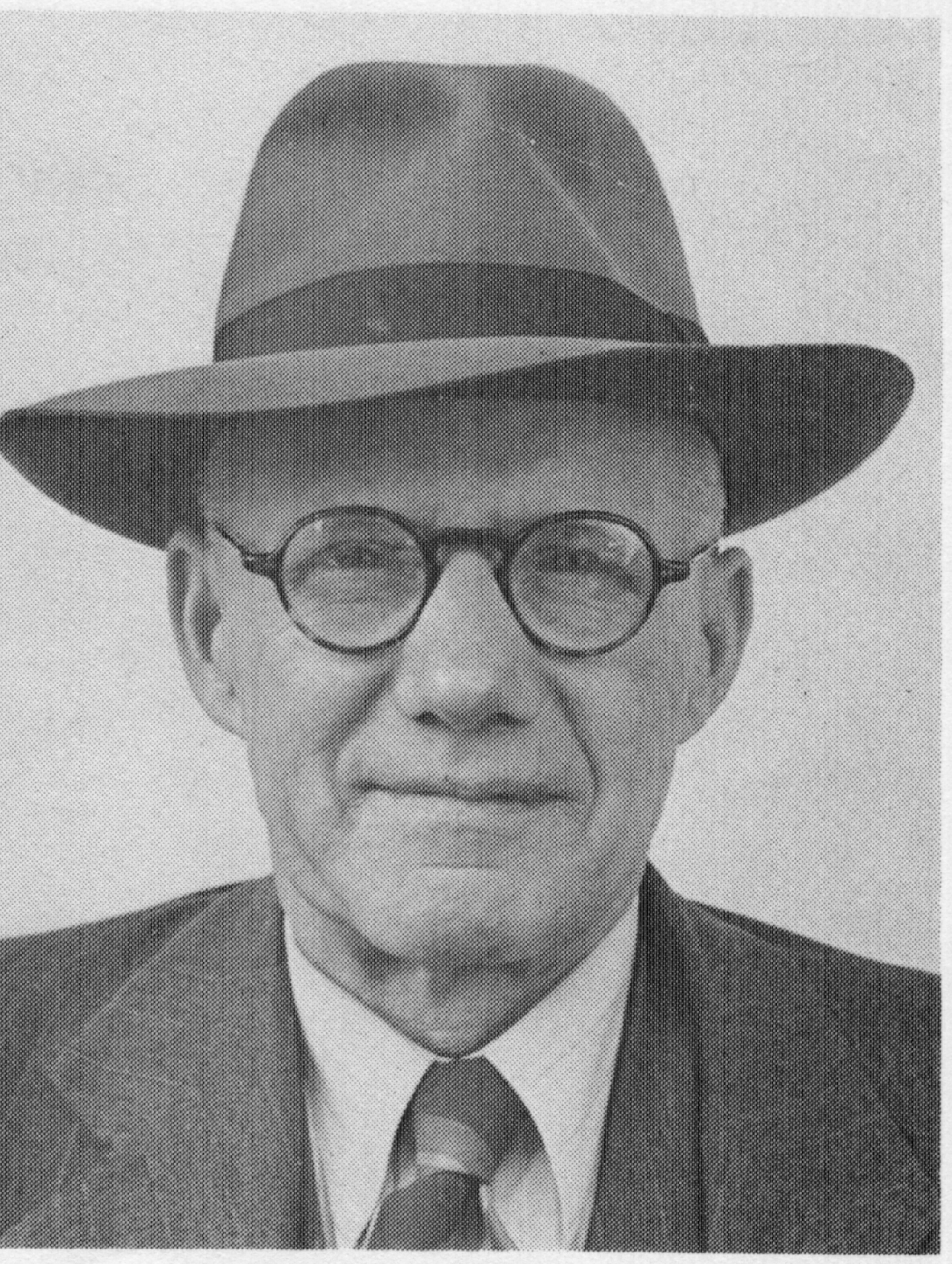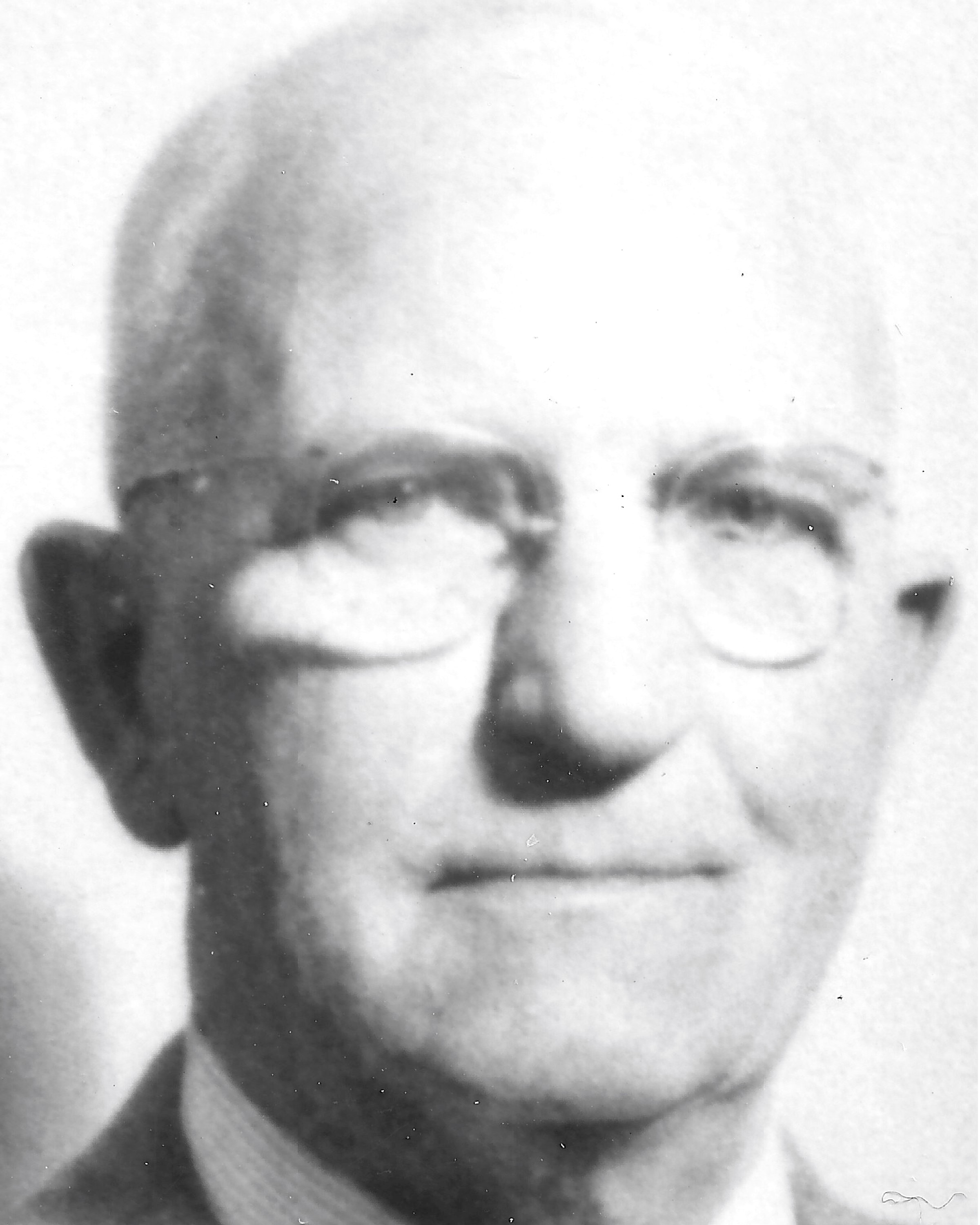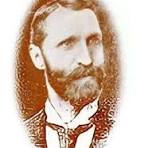The Gerlingers and Gerlinger Motors
Kenworth was founded out of the ownership of Gerlinger Motors in Portland, Oregon, (1912) by brothers George T. Gerlinger and Louis Gerlinger Jr. In 1914, they expanded their dealership into vehicle manufacturing, marketing a truck named the Gersix. The name came from its inline six-cylinder engine, one of the first trucks equipped with this. The Gersix was framed in structural steel, intended for commercial use. It soon was in high demand by loggers in the Pacific Northwest.
In 1916, Gerlinger Motors relocated from Portland to Tacoma, Washington, leasing a building from Seattle businessman Edgar K. Worthington. the company was purchased by E.K. Worthington and Captain Frederick Kent 1917. The name of the company was changed to Gersix Motors to emphasize connection to truck manufacturing.
In 1923 the company became Kenworth Truck

|
Carl F. Gerlinger, Sr. (1878-1951) He was raised France. In 1901, Carl went to the US as an engineer aboard Hamburg-American Line ship.In 1902, Carl moved to Dallas, Oregon to work for the Salem, Falls City and Western Railway (SFC&W) owned by his uncle Louis. Working for the Southern Pacific Railroad which had purchased the SFC&W once owned by Carl's uncle), he was quickly promoted and was the general foreman of the shops at Dallas). In 1908, while working in the roundhouse on a steam boiler, it exploded. His brother August Gerlinger was killed, and several others were injured. Carl lost his left arm. He also temporarily lost his sight. He was laid up for over a year until he regained his sight. He decided to concentrate on inventing. Among his inventions are the oil distributor, oil retort and spark arrestors for locomotives, log bunks for loading and unloading logs from railcars, and the Gerlinger Lumber Carrier, just to name a few. First built in 1918 and patented in 1922, the lumber carrier was inarguably the most successful of Carl’s inventions. Its purpose was to replace the wagon, team of horses and driver typically used to move loads of lumber from one point to another in the sawmill and lumberyard, both in efficiency and cost. This business led to the Gerlinger Carrier Company, a manufacturer of both straddle carriers and forklift trucks . The company eventually merged with Towmotor and Caterpillar Tractor in the 1950s. In 1918, Gerlinger invested his savings into Ed Biddle's Dallas Iron Works. A year later it became Dallas Machine & Locomotive Works which employed a dozen men. Business expanded quickly from manufacturing logging and railroad equipment. In 1920 they rebuilt nine locomotives and twelve in 1923. |

|
George T. Gerlinger (1851-1948) was influential in the railroad and lumber products business in the early 20th century. The oldest son of Louis Gerlinger Sr. Organized a group of investors in 1902 in Dallas to build a railroad line in the area. In 1906, they purchased a lumber mill and several stands of timber. The business's name was changed to Willamette Valley Lumber Company. George served as secretary and manager of the new company. Officers included Louis Gerlinger, Sr., president; H.L. Pittock, vice president. October 1955, the State of Oregon, named 1,000 acres outside of Falls City, the George T. Gerlinger Experimental Forest. In 1961, the land was dedicated to George T.
|

|
Louis Gerlinger Sr. (January 1853–June 1941) was a businessperson in the railroad and timber industries in Oregon. In the fall of 1901, Gerlinger purchased 7,000 acres of timber in Polk County, Oregon for a railroad. This land was west of Dallas, Oregon, in the Oregon Coast Range, and grew hundreds of square miles of untouched Douglas fir and other commercial timber species. He incorporated the Salem, Falls City and Western Railway Company late in October 1901 and announced plans to build a railroad from the Willamette River at Salem to the mouth of the Siletz River on the Oregon Coast, a distance of 65 miles. On May 29, 1903, the first train ran from Dallas to Falls City. At the end of June, passenger trains began regularly scheduled trips to and from Dallas and Falls City each day; the nine-mile, forty-minute, one-way trip cost 35 cents. Two of Gerlinger's sons, George T. Gerlinger and Louis Gerlinger Jr., managed the railway. |
|
Louis Gerlinger Jr. (1878-1953) was logging in the Estacada area, started a mill in Dallas, and operated the Salem, Falls City and Western railroad, a short line now owned by Southern Pacific. In 1912, Louis Jr. started a Gerlinger Motors dealership in Portland, Oregon. His brother George T. joined the venture, which was a car and truck dealership. In 1914, the brothers expanded into vehicle manufacturing, marketing a truck named Gersix. It's name came from its inline six-cylinder engine (one of the first trucks equipped with the type), the Gersix frame was made of structural steel, and was intended for commercial use. While the first vehicle was completed largely as a side project, the heavy-duty construction of the Gersix found itself in demand by loggers in the Northwest. In 1916, Gerlinger Motors relocated from Portland to Tacoma, Washington, leasing a building from Seattle businessman Edgar K. Worthington. In 1917, Gerlinger Motors filed for bankruptcy and was put up for sale. E.K. Worthington acquiring the company with business partner Captain Frederick Kent. This was the beginning of the Kenworth truck. |
More photos to come
Sources
Dunn, Catherine Baldwin. Making the Most of the Best: A History of Willamette Industries, Inc.
Portland: Willamette Industries, 1994
Robbins, William G. Oregon, This Storied Land. Portland: Oregon Historical Society Press, 2005.
The Oregon Encyclopedia